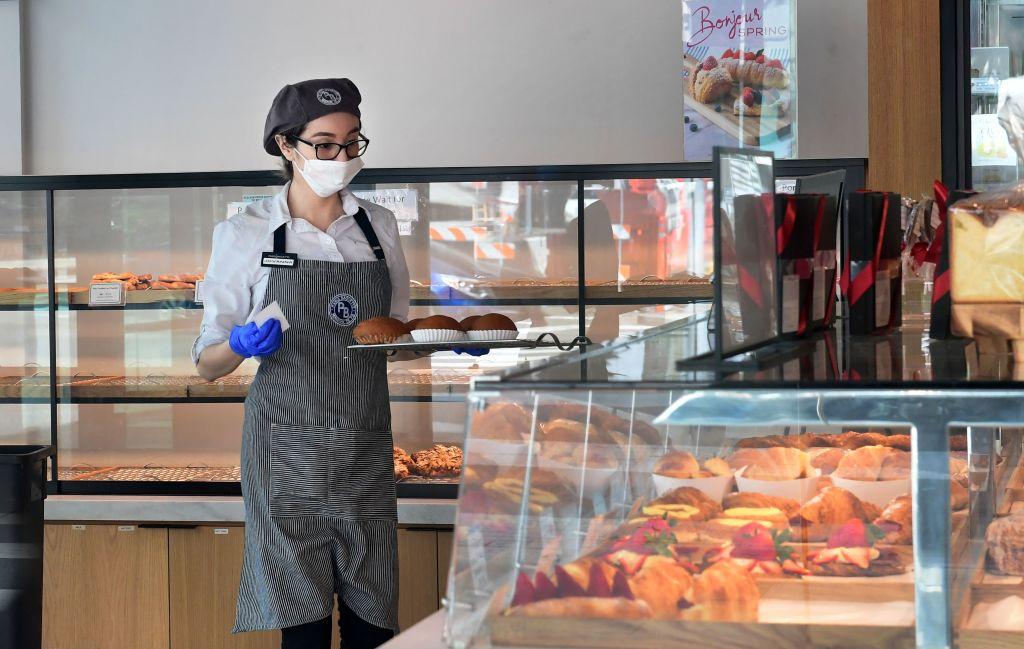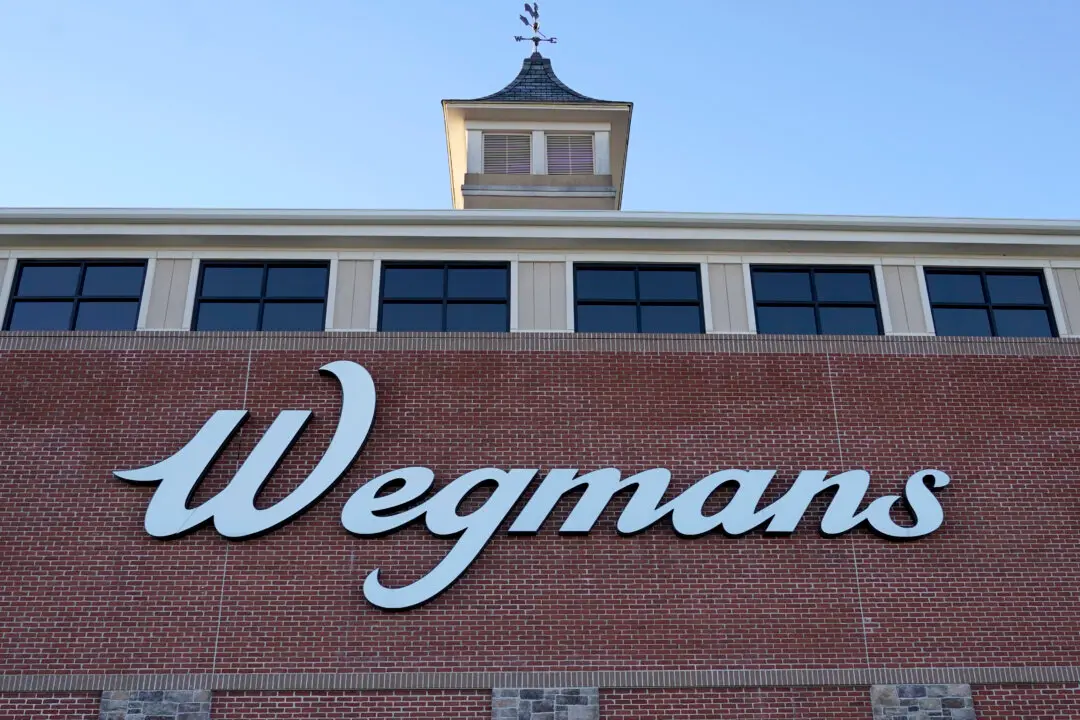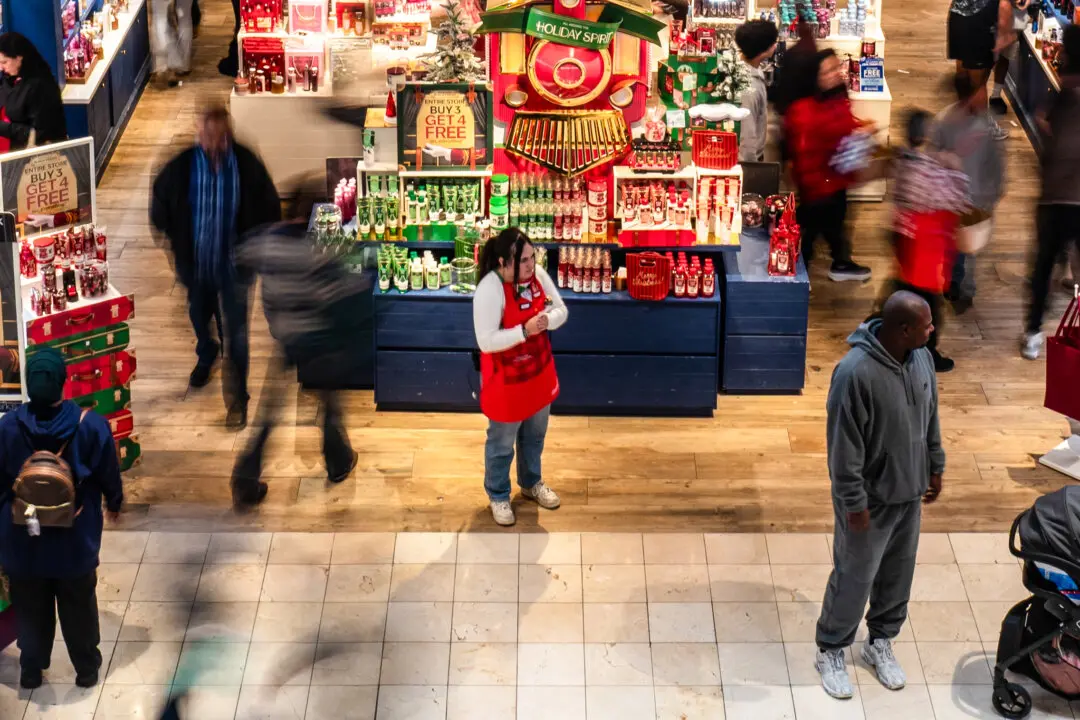A national restaurant association representing about half a million eateries estimates the hit from COVID-19 to American foodservice sales will be $225 billion, while the full economic impact could be $675 billion.
The National Restaurant Association wrote to President Trump and congressional leaders on March 18, projecting that in the next three months, the outbreak-related economic fallout could lead to the loss of between five and seven million jobs.





